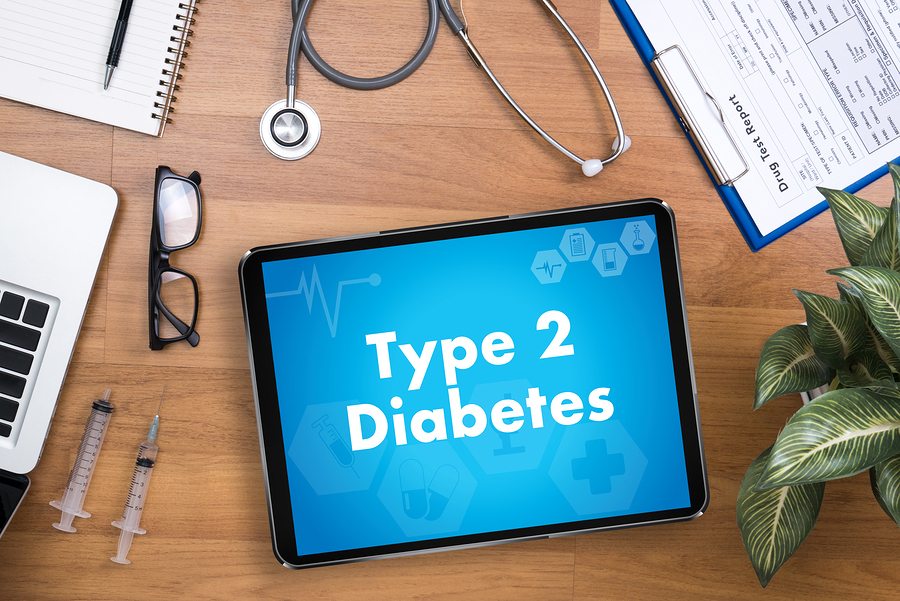About 90 percent of people with diabetes have Type 2 diabetes. It can come on slowly, usually after 40 years of age. The longer you have diabetes — and the less controlled your blood sugar — the higher the risk of complications. We may not always know how high blood sugar affects our health.
Diabetes mellitus (DM), commonly referred to as diabetes, is a group of metabolic disorders in which there are high blood sugar levels over a prolonged period. Diabetes is an alarm of consequences of the damages you have already done to your body.
Read Types of diabetes and the role of the pancreas
What is Type 2 Diabetes?
Energy is required for the normal functioning of the organs in the body. Many tissues and organs use glucose for the energy source and for growth. The glucose is a form of sugar obtained from three sources;
- The food we eat (Intestinal absorption of food)
- The Liver (Stored glucose in the body as glycogen)
- Non-carbohydrate substrates in the body
Insulin is a hormone produced by the pancreas helps your body to utilize and to store glucose(Sugar) for future use. Insulin helps keeps your blood sugar level from getting too high (hyperglycemia) or too low (hypoglycemia).
Type 2 Diabetes is characterized by three core defects of diabetes;
- Beta cell dysfunction
- Insulin resistance
- Hepatic glucose output
Beta Cell Dysfunction For proper glucose metabolism, the first phase of insulin secretion is very much essential. The extension of early secretion of insulin in response to high glucose levels may lead to Type 2 diabetes.
Learn in detail Insulin secretion and Beta-cell dysfunction
Insulin Resistance It is when cells in your muscles, body fat and liver start resisting or ignoring the signal that the hormone insulin. For converting glucose into energy, insulin sends signals to grab glucose in the bloodstream and put it into our cells. Hence, due to resistance from body cells, the glucose can not enter into them. Hence, the glucose remains in the blood and body lacks energy.
Note that obesity may also increase the chances of diabetes
Hepatic Glucose Output Hepatic glucose output is the formation of glucose in Liver cells. It is regulated by hormones Insulin and Glucagon. When there is low glucose, brain signals the release of glucagon hormone. It stimulates the release of stored glucose from the Liver. And thus endogenous glucose gets secreted in blood.
Also, read the role of the liver in Glucose Homeostasis
Do not ignore these warning signs
There are several symptoms and warning signs of developing diabetes. Having some of the signs of diabetes doesn’t mean you definitely have the condition.
- Polyphasia
- Polydipsia
- Polyuria
- Slow healing of wounds
- Unexplained weight loss
- Darkening of skin
You must read this to know the symptoms of Diabetes and seek doctors help
Risk factors
The signs may not be obvious, or there may be no signs at all, therefore it might be up to 10 years before you find out you have it.
- Non-modifiable risk factors
- Age
- History of gestational diabetes
- The family history of diabetes
- Race/Ethnicity
- Modifiable risk factors
- Physical Inactivity
- Body weight
- Cholesterol
- Blood pressure
What can I do to prevent it?
It is very difficult for someone to accept that he is diabetic. Diabetes requires regular conscious adjustments in lifestyle day in and day out. You have to understand the conditions of disease and discover the new practical ways to deal with it.
Apply these Smart ways to live strong with Diabetes
With some necessary lifestyle changes, you can live a healthy life. No wonder that many healthcare professionals call it a “Healthiest Disease”.
